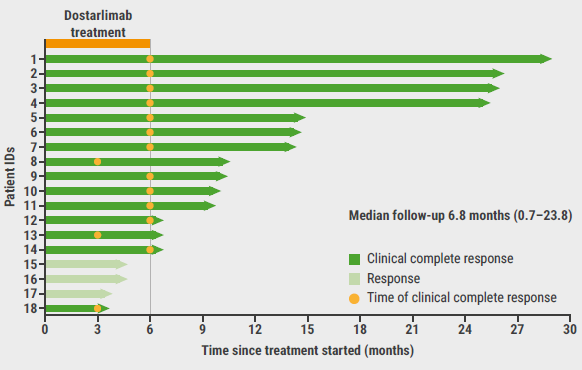And it may be driven in part by physician attitudes, rather than solely by tumor characteristics, researchers report in the Journal of Clinical Endocrinology and Metabolism.
RAI used to be standard treatment following initial total thyroidectomy, but "recent data has demonstrated that many low-risk patients have an excellent prognosis with or without RAI," said senior author Dr. Megan R. Haymart of the University of Michigan, in Ann Arbor.
"Thus, the pendulum has swung," she told Reuters Health by email, "and it is now recognized that not all patients need RAI, and in some instances the risk of RAI (damage to salivary glands, lacrimal ducts, etc.) may exceed benefit."
Thyroid cancer is one of the most rapidly growing cancers in the United States, and this is driven mostly by better detection of small, low-risk tumors, Dr. Haymart and her colleagues note in their report. Clinical guidelines over the past decade have either not recommended or only selectively recommended RAI for low-risk disease, based on a low risk (3-10%) of recurrence, limited benefit and potential harms.
Using data from the Surveillance Epidemiology and End Results (SEER) registries for Georgia and Los Angeles County, the team identified adults with low-risk thyroid cancer and linked them to their treating general surgeons, otolaryngologists and endocrinologists.
The study sample consisted only of patients in whom no or selective RAI use was recommended by the American Thyroid Association's 2009 RAI guidelines. It was therefore limited to patients who had follicular or papillary histology; tumor sizes less than 4 cm; and T0, T1, T2, or T3 disease; and had undergone total thyroidectomy.
The researchers mailed a survey to 4,185 patients, of whom 2,632 (63%) responded, yielding 2,661 patient-physician pairs as some patients identified more than one treating physician.
The 437 eligible, responding physicians answered two scenarios to assess their propensity to use RAI for low-risk disease; one vignette describing a low-risk thyroid cancer and the other a very-low-risk tumor.
Forty-eight percent of the patients reported having received RAI. Larger tumor size (2-4 cm vs. 1 cm or less) was significantly associated with receipt of RAI. Similarly, patients with follicular histology, rather than papillary histology, were significantly likelier to have received RAI.
Patient demographic characteristics had no significant effect on the frequency of RAI use.
Nearly a quarter (23%) of physicians reported that they would use RAI for low-risk thyroid cancer, and this percentage was significantly higher among physicians in private practice, versus those in other settings.
Physicians who saw more thyroid-cancer patients were significantly less likely to use RAI in low-risk cases.
Regardless of tumor size, patients whose physicians reported being more inclined to treat low-risk disease with RAI were indeed more likely to have received RAI.
Dr. Haymart described these findings as "relevant to both patients and physicians, as it is important for both to understand the drivers of RAI use."
Efforts to reduce overuse of RAI in low-risk thyroid cancer should include interventions targeted to both physicians and patients, she and her colleagues conclude.
Dr. Masha Livhits of the section of endocrine surgery at David Geffen School of Medicine at UCLA, who was not involved in the study, pointed out that it was limited by a "lack of granular data on individual patients that may have driven the decision to pursue RAI ablation in a patient that otherwise would be low risk," such as high thyroglobulin following total thyroidectomy.
And although she agrees that "RAI ablation is over-used for low-risk patients on a population level," she added that "decisions about RAI still need to be made by expert physicians with knowledge of the individual clinical factors."
What the study highlights for patients, Dr. Livhits told Reuters Health by email, is that they should be involved in their healthcare decision-making and educated about their conditions, including "the importance of choosing providers (who) take care of a high volume of thyroid-cancer patients."
SOURCE: https://bit.ly/2OywuF6 Journal of Clinical Endocrinology and Metabolism, online March 4, 2021.
By Scott Baltic
Posted on
Previous Article
« Investigational drug could have disease-modifying effect in sickle cell disease Next Article
Common blood pressure medications linked to increased skin cancer risk »
« Investigational drug could have disease-modifying effect in sickle cell disease Next Article
Common blood pressure medications linked to increased skin cancer risk »
© 2024 Medicom Medical Publishers. All rights reserved. Terms and Conditions | Privacy Policy



